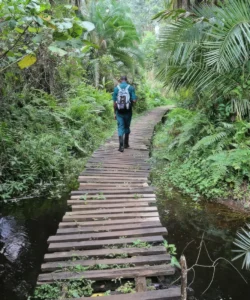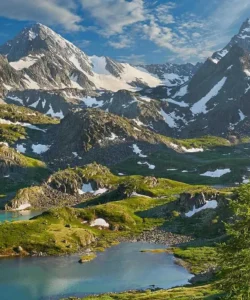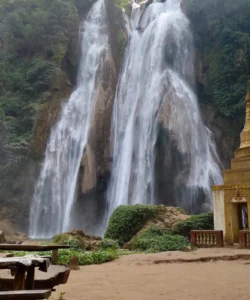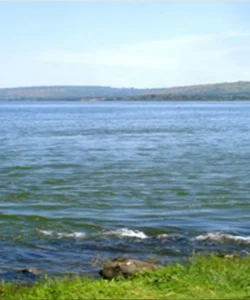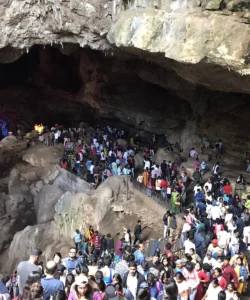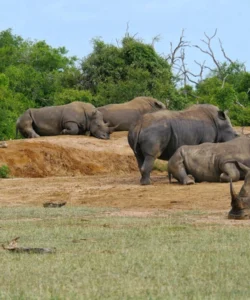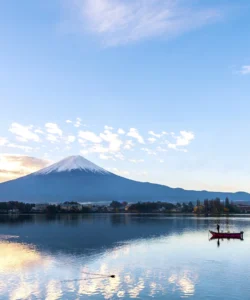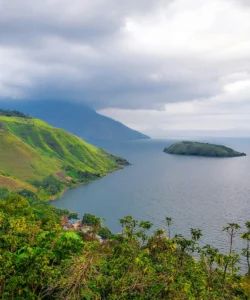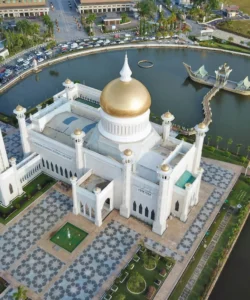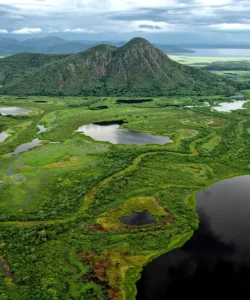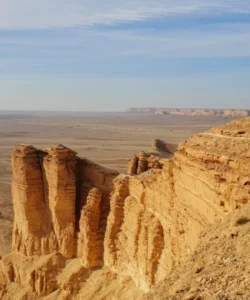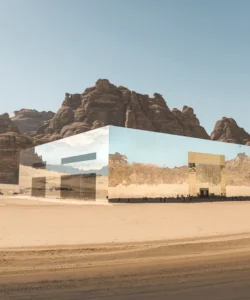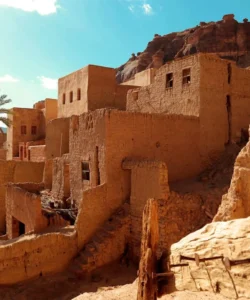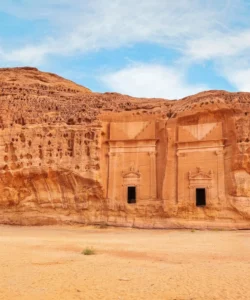“Manta Ray Reef” isn’t a single, universally recognized “wonder” location on its own. Instead, it refers to specific underwater reef sites around the world that are famous for reliable and often spectacular congregations of Manta Rays. These “Manta Ray Reefs” are highly sought-after by divers and snorkelers.
Name: Manta Ray Reef
Address: These sites are diverse, located in tropical and subtropical waters of the Indian, Pacific, and Atlantic Oceans, often near coral reefs, atolls, and island groups. Specific addresses would be related to the nearest island or dive resort.
How to Get There:
Access to Manta Ray Reefs depends heavily on their specific location, but generally involves:
- Flying to a regional international airport: (e.g., Male in Maldives, Labuan Bajo in Indonesia, Kona in Hawaii).
- Transfer to a local island or liveaboard: This might involve domestic flights, ferries, or resort speedboats.
- Diving or Snorkeling Trip: From the local hub, you’ll join a specialized dive or snorkel boat tour to reach the specific manta ray aggregation or cleaning sites. Operators will have strict guidelines for ethical interaction (e.g., maintaining distance, no touching, no flash photography).
Landscape and Architecture:
The “landscape” of Manta Ray Reefs is entirely sub-aquatic, featuring vibrant coral reef ecosystems. There is no man-made architecture, but rather the natural, living structures of the ocean floor.
- Vibrant Coral Reefs: These sites are characterized by healthy, diverse coral reefs (both hard and soft corals) that provide habitat for countless marine species. The reef structures themselves form complex “architecture” underwater.
- Cleaning Stations: Specific coral bommies or reef sections act as “cleaning stations,” where smaller cleaner fish (like wrasse) remove parasites from mantas, creating a natural service station.
- Nutrient-Rich Waters: The best manta sites often have strong currents or seasonal upwellings that bring nutrient-rich waters, leading to plankton blooms, which are the mantas’ primary food source.
- Open Ocean (for oceanic mantas): While reef mantas prefer coastal areas, oceanic mantas are found in deeper, pelagic (open ocean) waters, where the “landscape” is vast and blue.
- Absence of Human-Built Structures: There are no artificial structures directly at these “reefs” themselves, emphasizing the pristine, natural marine environment.
What Makes It Famous:
- Guaranteed Manta Ray Sightings: The fame of these sites comes from their high probability and consistency of encountering manta rays, often in large numbers, providing an unforgettable wildlife interaction.
- Ethical Wildlife Encounters: Responsible operators ensure that interactions are done ethically and sustainably, prioritizing the well-being of the mantas.
- Graceful Giants: Manta rays are captivating creatures, and their large size, graceful movements, and gentle nature make them a mesmerizing sight for divers and snorkelers.
- Biodiversity of Reefs: Beyond mantas, these locations are often within incredibly biodiverse marine ecosystems (like the Coral Triangle), offering rich coral gardens and a plethora of other marine life (sharks, turtles, fish schools).
- Conservation Importance: Many of these sites are critical for manta ray conservation, allowing scientists to study their behavior, population dynamics, and protect them from threats. Tourist interaction often contributes to citizen science efforts and funding for protection.
- Underwater Photography: They offer unparalleled opportunities for underwater photography and videography of these majestic creatures.
Differences from Some Other Wonders:
- Underwater Focus: Unlike land-based wonders (e.g., Mount Kinabalu, Taj Mahal) or even partially aquatic ones (e.g., Kerala Backwaters, Inle Lake), Manta Ray Reefs are entirely underwater experiences. Their “wonder” is exclusively explored through diving or snorkeling.
- Focus on a Specific Marine Species: While other marine wonders might celebrate broad marine biodiversity (e.g., Raja Ampat, Atauro Island), “Manta Ray Reefs” are famous specifically for the consistent presence and interaction with manta rays, a particular species that drives their fame.
- Dynamic, Living Phenomena: The aggregations of mantas are dynamic and seasonal, driven by plankton blooms or cleaning cycles. This makes them a “living” natural phenomenon that changes over time, unlike static geological formations or ancient monuments.
- “Interaction” with Wild Animals: Unlike looking at animals in a zoo (Singapore Zoo) or from a distance in a national park (Jim Corbett), Manta Ray Reefs offer the unique chance for relatively close and often interactive encounters with large, wild marine animals in their natural habitat (while respecting ethical guidelines).
- No Permanent Structures: The “wonder” is the natural marine environment itself, without any human-built architectural elements.
- Global Distribution, Not Single Location: “Manta Ray Reef” is a conceptual term referring to types of sites, rather than one single, named location like the Taj Mahal or Mount Everest. This highlights that the phenomenon occurs in multiple places worldwide.
- Conservation as a Direct Visitor Activity: Tourists are often directly involved in conservation efforts at these sites (e.g., citizen science programs where photos help identify individual mantas), making conservation an explicit part of the visitor experience.
Manta Ray Reef Photos:















